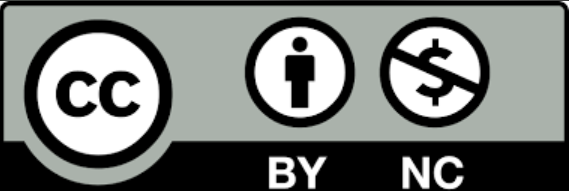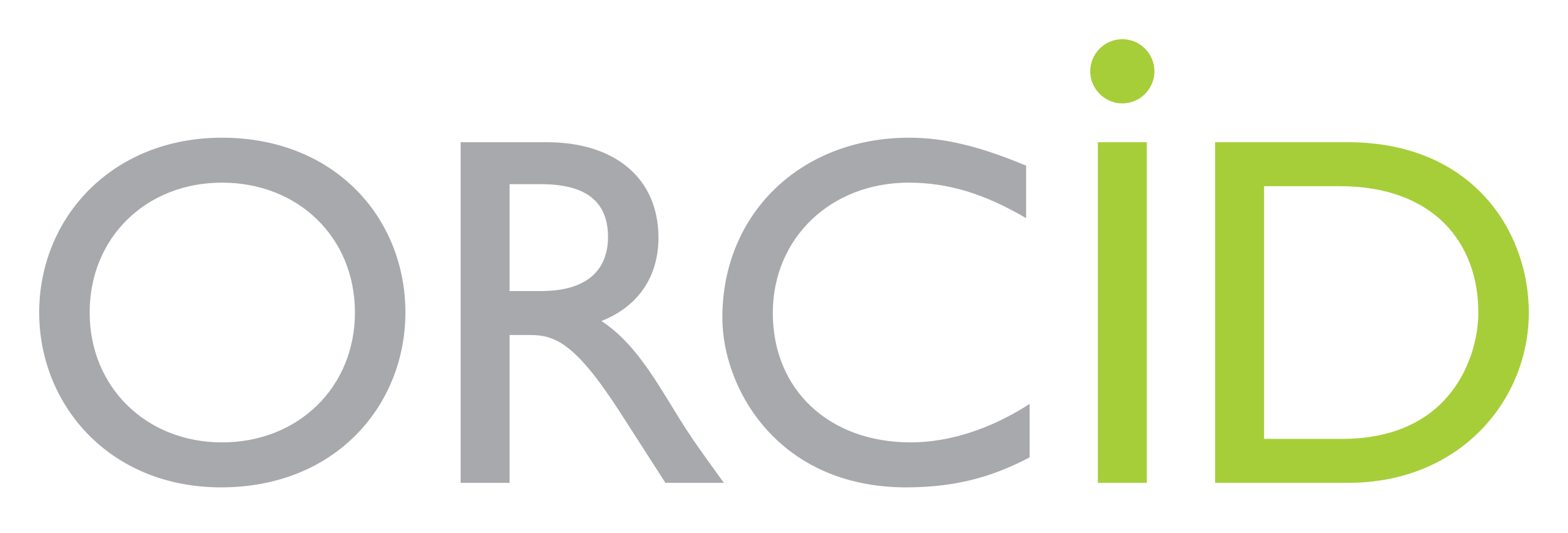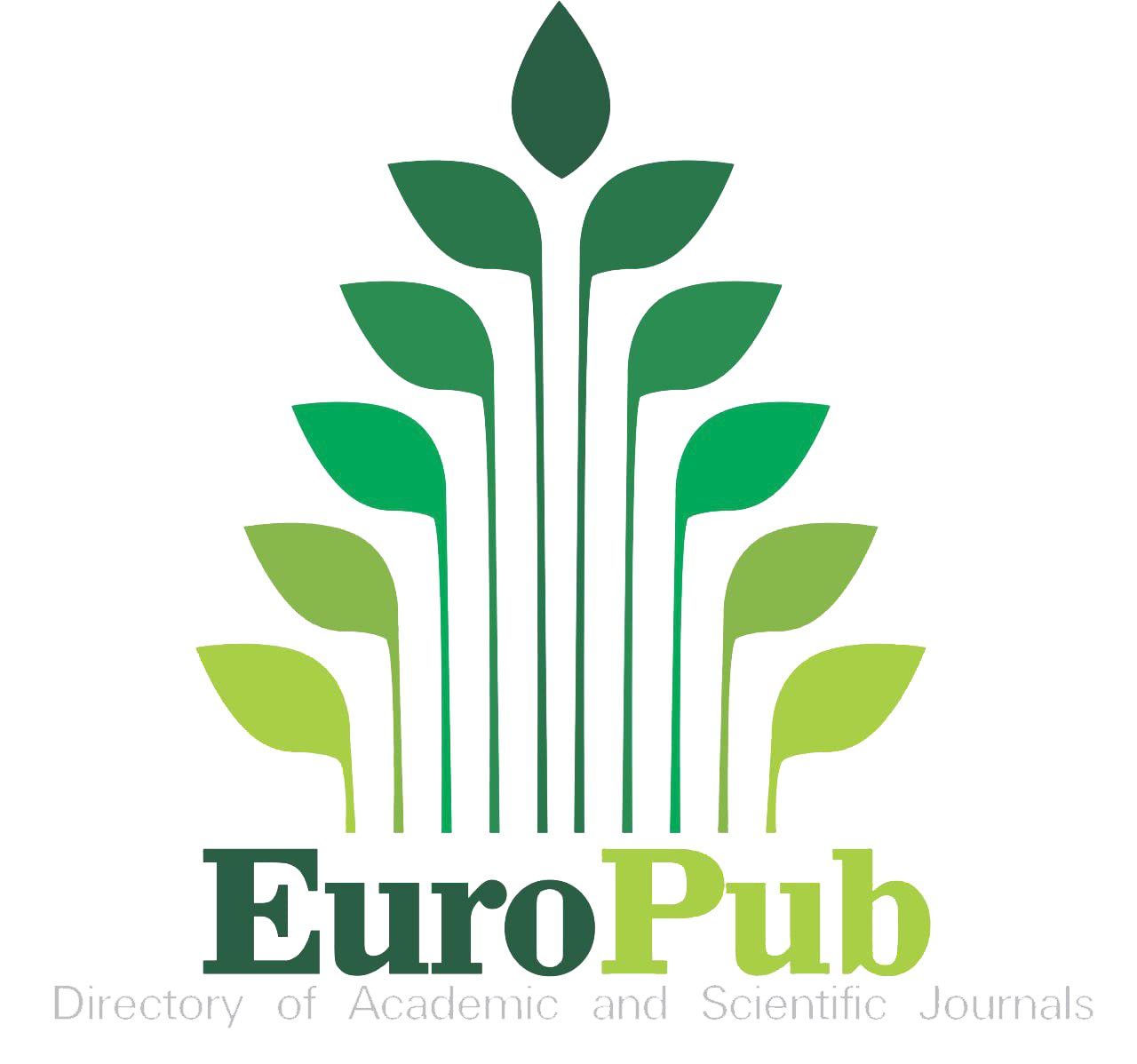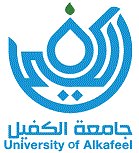Abstract
Background Self-medication is the act of obtaining and using medications without a doctor's prescription, guidance, or supervision of therapy. Objectives: The purpose of the study was to evaluate the prevalence and contributing factors of self-medication in Basra population. Method: People in Basra, southern Iraq, participated in this population-based cross-sectional survey from November to March 2021. A web-based structured questionnaire was used to collect both qualitative and quantitative data for the study. Results: A total of 500 male and female Basra residents between the ages of 12 and 80 participated in completing out the questionnaire. There were 24.40% females among them and 75.60% males. Only who administered self-prescribed drugs in the last two months were included. The majority of drugs used for self-medication were bought from pharmacies or drug stores; also, analgesics and antipyretics were the most frequently utilized medications. Headache was the most often reported disorder (74.9%), followed by fever and the common cold (51.90%). The two most prevalent stated causes of self-medication were prior experience and the illness's lack of seriousness.. Conclusions Drugs ranging from typical painkillers to antibiotics were used for self-medication. Even though using self-medication is a necessity; population needs to be educated by drug authorities and health professionals about the advantages and disadvantages of self-medication.
Recommended Citation
Abdul-nabi, Zainab Najim; Al-Darraji, Ahmed H; and Omran, Sarah T.
(2024)
"Practice, attitude and perception of self-medication among Iraqi public in Basra city,"
Maaen Journal for Medical Sciences: Vol. 3
:
Iss.
1
, Article 5.
Available at: https://doi.org/10.55810/2789-9136.1040
References
[1] Montastruc J L, Bagheri H, Geraud T, Lapeyre-Mestre M. Pharmacovigilance of self-medication. Therapie 1997;52.2: 105e10.
[2] Bennadi D. Self-medication: a current challenge. J Basic Clin Pharm 2013;5:19e23. https://doi.org/10.4103/0976- 0105.128253
[3] Hernandez-Juyol M, Job-Quesada JR. Dentistry and selfmedication: a current challenge. Med Oral 2002;7:344e7.
[4] Klemenc-Ketis Z, Hladnik Z, Kersnik J. Selfmedication among healthcare and non-healthcare students at university MA'AEN JOURNAL FOR MEDICAL SCIENCES 2024;3:45e52 51 of Ljubljana, Slovenia. Med Princ Pract 2010;19(5):395e401. https://doi.org/10.1155/2020/4021586.
[5] Sherazi BA, Mahmood KT, Amin F, Zaka M, Riaz M, Javed A. Prevalence and measure of self medication: a review [online]. JPSR 2012;4(3):1774e8. Available from: www. jpsr.pharmainfo.in.
[6] Guidelines for the medical assessment of drugs for use in self-medication. Copenhagen: World Health Organization Regional Office for Europe; 1986.
[7] Hayran O, Karavus M, Aksayan S. Help-seeking behavior and self-medication of a population in an urban area in Turkey: cross sectional study. Croat Med J 2000;41:327e32.
[8] Kumari R, Kiran KD, Bahl R, Gupta R. Study of knowledge and practices of self-medication among medical students at Jammu. J Med Sci 2012;15:141e4. https://doi.org/10.4103/ 0250-474x.156569.
[9] McCabe SE, Teter CJ, Boyd CJ. Illicit use of prescription pain medication among college students. Drug Alcohol Depend 2005; 77(1):37e47. https://doi.org/10.1016/j.drugalcdep.2004.07.005.
[10] Bauchner H, Wise PH. Antibiotics without prescription: “bacterial or medical resistance”. e Lancet 2000;355(9214): 1480e4.
[11] Calabresi P, Cupini LM. Medication-overuse headache: similarities with drug addiction. Trends Pharmacol Sci 2005; 26(2):62e8.
[12] Mehta RK, Sharma S. Knowledge, attitude and perception of self-medication among medical students. IOSR J Nurs Health Sci 2015;4:89e96. https://doi.org/10.9790/1959-04118996.
[13] Osemene KP, Lamikanra A. A study of the prevalence of selfmedication practice among university students in southwestern Nigeria. TJPR 2012;11(4):683e9. https://doi.org/ 10.4314/tjpr.v11i4.21.
[14] Ahmed Naz Mohammed, Sulaiman Karwan Hawez. Selfmedication practice among patients attending a sample of primary health care centers in Erbil city. J Educ Pract 2016; 7(24):73e9.
[15] Kumar N, Kanchan T, Unnikrishnan B, Rekha T, Mithra P, Kulkarni V, et al. Perceptions and practices of self-medication among medical students in coastal South India. PLoS One 2013;8:e72247. https://doi.org/10.1371/journal.pone.0072247.
[16] Alghanim SA. Self-medication practice among patients in a public health care system. East Mediterr Health J 2011;17(5): 409e16.
[17] Chua SS, Sabki NH. Use of nonprescription medications by the general public in t he Klang Valley. J Appl Pharmaceut Sci 2011;1(9):93e8.
[18] Carrasco-Garrido P, Jimenez-Garc ía R, Hernandez Barrera V, Lopez de Andr es A, Gil de Miguel A. Patterns of medication use in the immigrant population resident in Spain. Pharmacoepidemiol Drug Saf 2009;18:743e50. https:// doi.org/10.1002/pds.1776.
[19] Solomon W, Abebe GM. Practice of self-medication in Jimma town. Ethiop J Health Dev 2003;17(2):111e6. https:// doi.org/10.4314/ejhd.v17i2.9851.
[20] Hussain A, Khanum A. Self-medication among university students of Islamabad, Pakistan. South Med Rev 2008;1(1): 14e6.
[21] Abay SM, Amelo W. Assessment of self-medication practices among medical, pharmacy, and health sciencestudents in Gondar university, Ethiopia. J Young Pharm 2010;2:306e10. https://doi.org/10.4103/0975-1483.66798.
[22] Gutema GB, Gadisa DA, Kidanemariam ZA, Berhe DF, Berhe AH, Hadera MG, et al. Self-medication practices among health sciences students: the case of Mekelle university. J Appl Pharmaceut Sci 2011;1:183e9.
[23] Sarahroodi S, Maleki-Jamshid A, Sawalha AF, Mikaili P, Safaeian L. Pattern of self-medication with analgesics among Iranian university students in central Iran. J Fam Commun Med 2012;19:125e9. https://doi.org/10.4103/2230- 8229.98302.
[24] Abdelwahed RNK, Jassem M, Alyousbashi A. Self-medication practices, prevalence, and associated factors among Syrian adult patients: a cross-sectional study. J Environ Pub Health 2022;2022(9274610). Published 2022 Jun 28. https:// doi.org/10.1155/2022/9274610.
[25] Mehta RK, Sharma S. Knowledge, attitude and perception of self-medication among medical students. IOSR J Nurs Health Sci 2015;4:89e96. https://doi.org/10.9790/1959-04118996.
[26] Hughes CM, McElnay JC, Fleming GF. Benefits and risks of self medication. Drug Saf 2001;24:1027e37. https://doi.org/ 10.2165/00002018-200124140-00002.
[27] Awad AI, Eltayeb IB, Capps PA. Self-medication practices in Khartoum state, Sudan. Eur J Clin Pharmacol 2006;62(4): 317e24. https://doi.org/10.1007/s00228-006-0107-1.
[28] Sawalha AF. A descriptive study of self-medication practices among Palestinian medical and nonmedical university students. Res Soc Adm Pharm 2008;4(2):164e72. https://doi.org/ 10.1016/j.sapharm.2007.04.004.
[29] Kumar N, Kanchan T, Unnikrishnan B, Rekha T, Mithra P, Kulkarni V, et al. Perceptions and practices of self-medication among medical students in coastal South India. PLoS One 2013;8(8):e72247. Published 2013 Aug 28. https://doi.org/ 10.1371/journal.pone.0072247.
[30] Sawalha AF. Assessment of self-medication practice among university students in Palestine: therapeutic and toxicity implications. IUG J Nat Stud 2015;15:267e82.
[31] Souza LA, da Silva CD, Ferraz GC, Sousa FA, Pereira LV. The prevalence and characterization of self-medication for obtaining pain relief among undergraduate nursing students. Rev Lat Am Enfermagem 2011;19(2):245e51. https:// doi.org/10.1590/s0104-11692011000200004.
[32] Tenaw A, Tsige GM. Self-medication pract ices of drug consumers. Ethiop J Health Sci 2004;14:1e11.
[33] Patil SB, SHV, BVP, Santoshkumar J, Binjawadgi AS, Kanaki AR. Self-medication practice and perceptions among undergraduate medical students: a cross-sectional study. J Clin Diagn Res 2014;8(12):HC20e3. https://doi.org/10.7860/ JCDR/2014/10579.5313.
[34] McKee MD, Mills L, Mainous 3rd AG. Antibiotic use for the treatment of upper respiratory infections in a diverse community. J Fam Pract 1999;48(12):993e6.
[35] Sontakke SD, Bajait CS, Pimpalkhute SA, Jaiswal KM, Jaiswal SR. Comparative study of evaluation of self-medication practices in first and third year medical students. Int J Biol Med Res 2011;2:561e4.
[36] Lukovic JA, Miletic V, Pekmezovic T, Trajkovic G, Ratkovic N, Aleksic D, et al. Self-medication practices and risk factors for self-medication among medical students in Belgrade, Serbia. PLoS One 2014;9(12):e114644. Published 2014 Dec 11. https://doi.org/10.1371/journal.pone.0114644.
[37] Afolabi AO. Factors influencing the pattern of self-medication in an adult Nigerian population. Ann Afr Med 2008;7(3): 120e7. https://doi.org/10.4103/1596-3519.55666.
[38] Abula T, Worku A. Self medication in three towns of North West Ethiopia. Ethiop J Health Dev 2001;15:25e30.
[39] Pray WS, Popovich NG. Self-care/diagnostic products. In: Gennero AR, editor. Remington the science and practice of pharmacy. 20th ed. Pennsylvania: Lippincott Williams and Winkins; 2000. p. 1738e43.
[40] Jasim AL, Fadhil TA, Taher SS. Self medication practice among Iraqi patients in Baghdad city [online]2; 2016. p. 18e23 (1).
[41] Al-Qerem W, Bargooth A, Jarab A, Akour A, Abu Heshmeh S. Information sources, attitudes, and practices of Self-Medication by Jordanian patients: a cross-sectional study. Saudi Pharmaceut J 2023;31(4):482e91. https://doi.org/ 10.1016/j.jsps.2023.01.015.
[42] Ghosh S, Gupta A, Chaudhary R. Evaluation of the practice of self medication among college students in west Uttar Pradesh. Int J Pharma Prof Res 2010;1(1):14e8.
[43] Seam MOR, Bhatta R, Saha BL, Das A, Hossain MM, Uddin SN, et al. Assessing the perceptions and practice of self-medication among Bangladeshi undergraduate pharmacy students. Pharmacy (Basel) 2018;6(1):6. Published 2018 Jan 15. https://doi.org/10.3390/pharmacy.
















Indexed in: